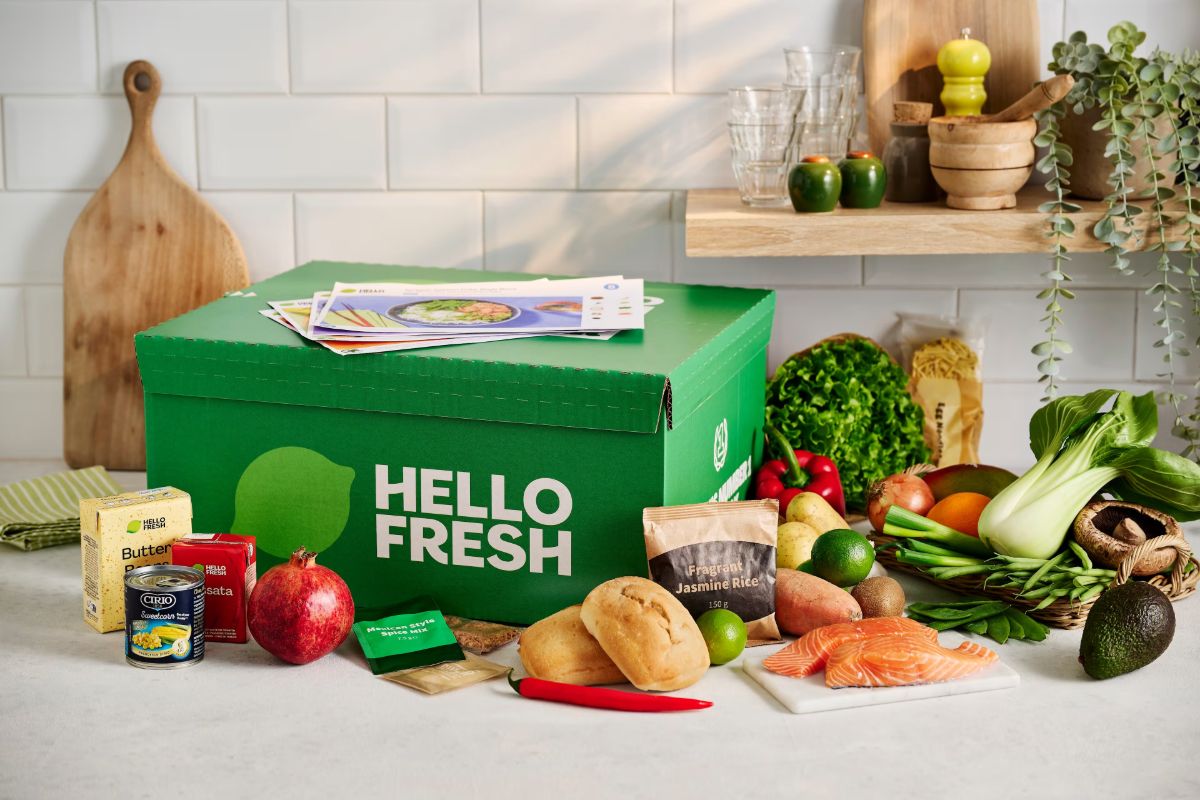Paul Skeldon reflects on the growing centrality of mobile platforms in ecommerce
Instant. New. Baseline.
This year Germany, France, Italy, Spain and Finland will join the UK, Holland, Norway and Sweden in passing the 50% penetration mark for smartphones. That means from now on, technologically, there is little difference between how consumers are immersing themselves in mobile and mobile commerce. But does that mean that m-commerce is a given across the European Economic Area? Well, from a consumer point of view it probably does; from a retailer point of view, probably not.
Let’s start by dispelling a myth: retailers, even the Elite, have not grasped – yet – the true power of mobile. The best retailers have great apps, adaptive websites and even serve up content based on device type. Hey, some even let you buy stuff through mobile. But this is just using mobile as an ecommerce channel.
The role of mobile in retail is really one of many facets – and hence it is often referred to as the glue that holds omnichannel together. And the key reason is not because of how retailers across Europe can use mobile, but the way consumers themselves use mobile.
To most people, their mobile device is increasingly the central co-ordinator for their lives. Yes, they do shopping, but mainly they use the device to engage with whatever they want. It is their alarm clock, their daily newspaper, their train timetable, their sat nav and the way they communicate across email, text, IM and more. It is their games console, their social media creator and consumer. Hey, they even make the odd phone call.
It is the retailers across Europe that can tap into this ‘life hub’ mentality that really have the opportunity. Right now, that means looking at how to allow people to shop across channels from perhaps engaging them through email read on mobile, to researching on a tablet, to hitting ‘buy’ on a laptop. The next few years will see the power of mobile extend to payments, loyalty and ever more sophisticated engagement. This will involve push messaging to apps that run in the background and which are triggered by the phone’s location. It will evolve into the power to understand where someone is relative to things they have browsed online earlier on another device. It will be about ultra-personal context engagement. Tapping into this is where the real Elite European retailers will emerge.
No one country is likely to be the leader in this process. Rather, there will be pockets of activity in cities and regions where innovative people and companies happen to be. This year’s Mobile World Congress in Barcelona really showed that mobile commerce is a global phenomenon, almost untouched by culture – consumers everywhere understand the convenience and embrace the power to shop, pay, engage and communicate with retailers and brands through mobile. As the seer Belinda Carlisle clearly prophesised: we all want the same thing (look it up kids!).
Already we are seeing some interesting pockets of development: In Germany, for instance, there has been a surge in charge to mobile m-payments – where the charge is added to the person’s phone bill – for buying things on iTunes and from Amazon. In France, there has been some pioneering work by Powa Technologies to introduce the ability to buy things from QR codes on posters – turning ads into ‘shops’ and combining traditional media engagement with ecommerce and payments.
The Belgians are paying their café bills with mobile. The Brits are sending money to each other using Twitter, text and even NFC. In Scandinavia, you have long been able to buy cans of pop from vending machines using mobile and this is going to spread further and will be integrated into all sorts of buying experiences.
Travel and ticketing is also going to globally cement the use of things like Passbook and other mobile apps to link a purchase channel to an experience. Juniper Research predicts that some 1.5 billion boarding cards will be delivered via mobile by 2019. I already use it every time I fly – and look upon the airline unkindly if I can’t.
The point is that consumer expectations of mobile – and indeed omnichannel – are defined by best in breed and they are established very rapidly. What any one leader in mobile does, the consumer almost instantly expects it from the rest. Each incremental step forward sets an instant new baseline of expectation.
Going forward – and outward across Europe and the world – this is going to be what defines mobile and omnichannel retailing and will define which companies make up the Elite. They will be the ones that consistently set the baseline.




